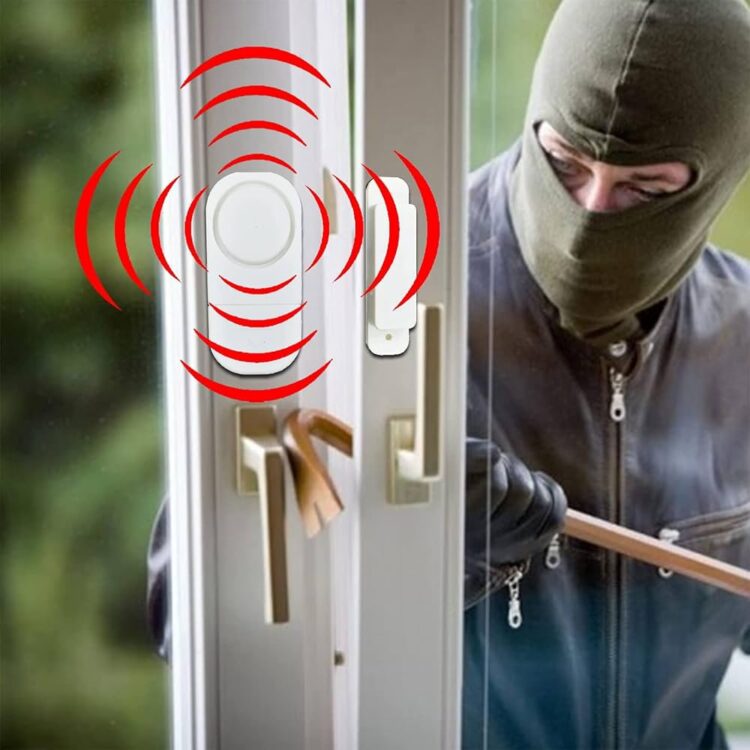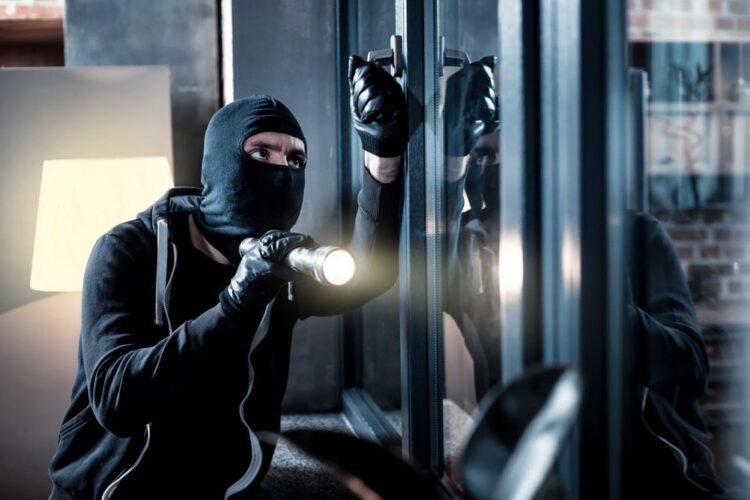Burglars are not stupid. They are smart enough to know that their success relies on getting into a home undetected. They also know enough to look for the weakest link in terms of access. In many homes, the weakest link is a first-floor window. Here’s the good news: there are plenty of things homeowners can do to make their windows less vulnerable.
Why They Like Windows

It might help to understand why burgers like first floor windows as entry points. As explained by Vivint on their website, first floor windows tend to offer easier access compared to some other choices. As a leading home security company, Vivint points out that:
- Windows can often be pried open.
- Glass can be easily broken.
- Some first-floor windows aren’t easily seen from the street.
I am guessing that a seasoned burglar will try the front door first. If breaching it isn’t doable, he will immediately start looking for a vulnerable window or two. My research tells me that organizations like Vivint Smart Home agree.
Questionable Factory Locks

A common recommendation among police agencies and security companies alike is to keep windows and doors locked at all times. That’s good advice. But homeowners should also be aware that factory installed window locks aren’t always the greatest or the most secure. Some of them would even be questionable from a security standpoint.
Did you know that you can install better locks? Some types of window locks are installed as a supplement to the factory locks. Others are complete and total replacements. Here are just two possibilities:
- Track Locks – Track locks are small pieces of metal with screws. You place the lock in the track of the window frame and then tighten the screw to secure it. Once in place, the window cannot be lifted up.
- Deadbolts – We normally talk about deadbolts in relation to doors. But manufacturers do make deadbolt locks for windows. They work on the same principle.
A window deadbolt is a mechanical lock you mount on the sash. A corresponding hole is drilled into the side of the window frame, a hole that accepts a sliding bolt. The lock is activated and deactivated with a key.
Double Hung Windows
Incidentally, Vivint recommends installing locks on both sashes of a double hung window. One suggestion is to use a track lock on the lower sash and a deadbolt on the upper sash.
The thinking is reasonable due to the fact that upper sashes can often be pried open even when lower sashes are secure. Using two locks protects a double hung window in both directions.
Home Security With Window Sensors

Wear locks represent a mechanical security solution designed to make entry more difficult, a home security system with window sensors is an electronic solution intended to act as a deterrent. If a burglar knows that a home is protected by a monitored security system, he is more likely to look for a softer target.
Windows can be monitored through a security system with two types of sensors:
- Contact Sensor – A contact sensor is a two-piece sensor that is inactive as long as both pieces maintain contact. If contact is broken (when the window is opened) the sensor is activated to send an alarm.
- Broken Glass Sensor – A broken glass sensor is a sensor designed to monitor and measure audio signals. The sound of breaking glass will activate the sensor.
It is a good idea to have both types of sensors on your windows. Why? Because a burglar can peer through a window to see a contact sensor. This might prompt him to break the window instead of trying to pry it open. A broken glass sensor ensures he doesn’t get away with it.
It should be noted that window sensors don’t make unauthorized entry any more difficult. They don’t present a physical barrier like deadbolt locks. But they do offer a psychological barrier. A burglar who sees window sensors along with video cameras and other telltale signs of monitor home security needs to question his chances of getting in and out undetected.
Making Access More Difficult

Let’s say you have beefed up the locks and installed a home security system with window sensors. Is there anything else you can do? Absolutely. One of the best things any homeowner can do to ensure that first floor windows are not the weakest link is to make access as difficult as possible.
An easily accessible window on the side of the house is an attractive target, especially if it is low enough to the ground that a burglar wouldn’t need to step on something to get in. These are the first types of windows to address. You do so with landscaping.
Shrubbery and plants will do the trick. Ideally, you would look for dense shrubbery that would grow a foot or two out from the house. Shrubs with thorns are extremely pointed branches are even better because they make approaching a window physically uncomfortable.
The one caveat with shrubbery is keeping it trimmed to just under the level of the window. Letting it grow up over the window creates a blind slot for any burglar willing to endure the discomfort to get behind the shrubs.
Think Like a Burglar
Limiting access to first floor windows is really about thinking like a burglar. Imagine you locked yourself out of a house. You decide the only way in is to try one of your windows. What types of obstacles would make it difficult for you to access windows on the first floor?
If it’s not landscaping, perhaps a water feature. Or maybe you put canopies over the windows. Not only do they provide shade, but they also limit the amount of room a burglar has to move.
Regardless of how you do it, it’s important to secure your first-floor windows so that they aren’t the weakest link. Take windows out of the equation and burglars have a harder time getting in.
